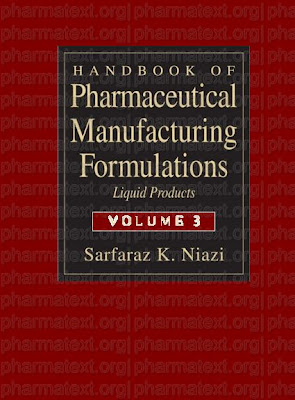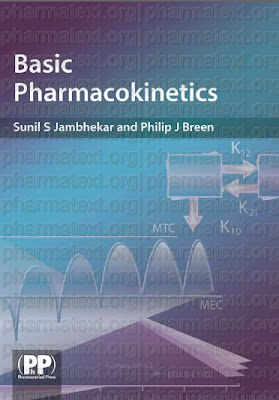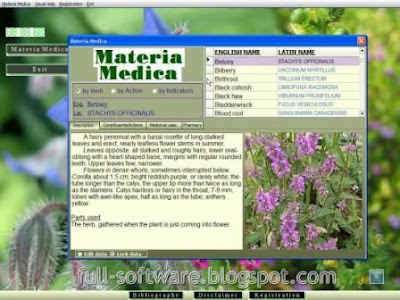
Edited by a team of experienced and internationally renowned contributors, the updated Third Edition is the standard reference for cosmetic chemists and dermatologists seeking the latest innovations and technology for the formulation, design, testing, use, and production of cosmetic products for skin, hair, and nails.
New features in the Third Edition:
39 new chapters reorganized by skin functions descriptions of ingredients, products, efficacy measurement, and mechanisms in each chapter revised chapters on skin types, skin perception, and targeted products new chapters on skin aging and cosmetics for the elderly strong emphasis on testing and current methods used for testing, and the evolution of instruments for skin and hair testing new ingredients, delivery systems, and testing methodologies information on skin physiology and cosmetic product design interactions affecting and attributed to cosmetic products cosmetic ingredients, vehicles, and finished products difference between pure cosmetics for enhancement and cosmetics used to treat high quality standards in cosmetic products that improve appearance, protect their targets, and maintain natural functions.Download




































